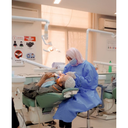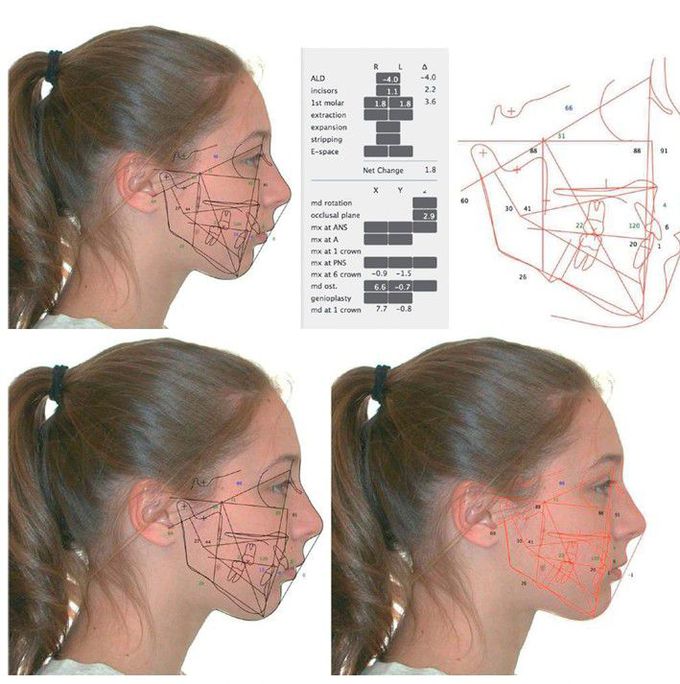

Zunaira saleh8 months ago

Computerized imaging for dentofacial surgical treatment planning
. A digital image is obtained and placed in the computer’s memory. Landmarks from cephalometric tracing are superimposed over the digital image of the face. (A) Portions of cephalometric tracing can be moved to duplicate the anticipated surgical movements. The computer then manipulates the image to depict soft tissue changes. Digital images displayed on the computer monitor show predicted facial changes. (B) Presurgical and estimated final images that would result from anticipated surgical procedure (in this case, maxillary superior repositioning and chin advancement). (Courtesy Quick Ceph Systems, Inc., San Diego, CA.)
Other commentsSign in to post comments. You don't have an account? Sign up now!

